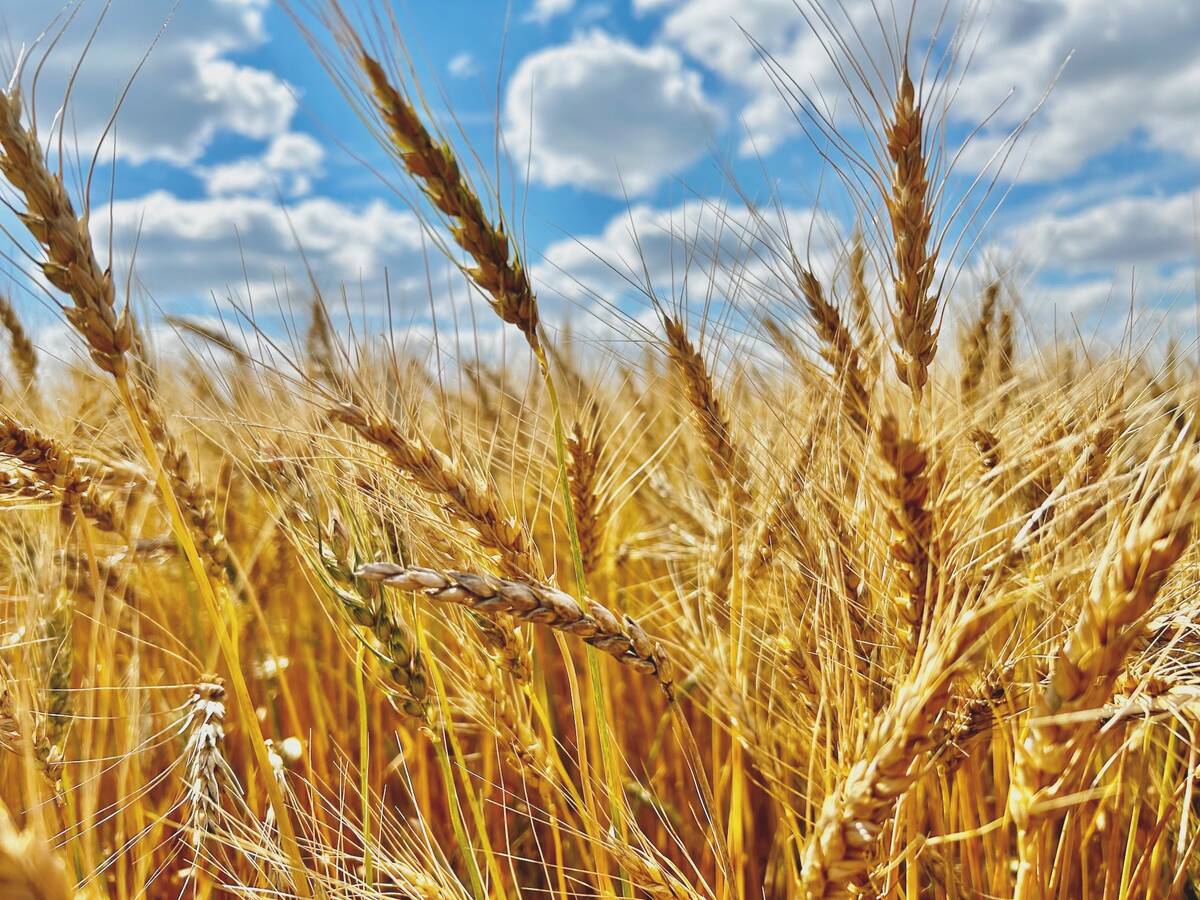(Resource News International) — Canadian oats area in the spring of 2008 could be
much lower than what was seeded in 2007 as prices for the crop
have failed to keep pace with those of alternatives, according to industry
sources.
“There is a possibility that oats area in Canada could be
down as much as one million acres from the level seen in 2007,”
said Ken Ball, a broker with Union Securities Ltd. in Winnipeg.
In the spring of 2007, seeded area to oats in Canada
Read Also

Prairie Wheat Weekly: Modest increases for cash prices
Spring wheat and durum cash prices were moderately higher across the Canadian Prairies for the week ended Dec. 19. This was despite losses in Chicago and Kansas City wheat and Agriculture and Agri-Food Canada projecting larger all wheat ending stocks for 2025/26. Minneapolis wheat bumped up on the week, lending some support to Canadian cash prices.
Harvested oats area, meanwhile, was 4.487 million acres.
While oats is generally an inexpensive crop
to grow, Ball said, and producers like the ease of growing the crop, its new-crop
prices just have not kept up with those of others, including
canola.
“Producers are looking at $12-a-bushel canola, while
oats is barely above $3 a bushel,” Ball said, noting that in
most locations in Western Canada, new-crop cash bids for oats are
actually still below $3 a bushel.
Even with high yield potential, producers are more likely to
go with canola at those kind of prices, Ball said.
Ron Frost, a senior executive with the Pike Management
Group, a producer-focused management service firm in
significantly — and probably more than end-users would like — if
values fail to climb to match the alternatives.
“Oats area in Canada could be as much as 20 to 25 per cent lower
than the year-ago level if prices fail to move above $3 a
bushel in central Saskatchewan,” Frost said. “A price of $3.25 a
bushel would ensure that area will meet end-user requirements.”
Another factor that may cause a decline in seeded area to
oats in Canada this spring is that producers in southern regions
of Saskatchewan did not have good yields last year, and in turn
will give consideration to a crop more suited for the area, such
as durum, Ball said.
Canadian durum area in 2008 was forecast recently by Bruce
Wheat Board, to climb 25 to 30 per cent from the year-ago level, with much
of the increase in area coming at the expense of oats.
Ball cautioned there is still a lot of time for
producers to make seeding decisions, and if new-crop values for
oats were to climb, the drop in acreage could be limited.
“If we were to see $3.25- to $3.50-a-bushel oats, then the
decline in the area to the crop would definitely be seriously
reduced,” Ball predicted.
Otherwise, it will be just the producers who have
traditionally grown oats over the past few years who will seed the
crop again.














